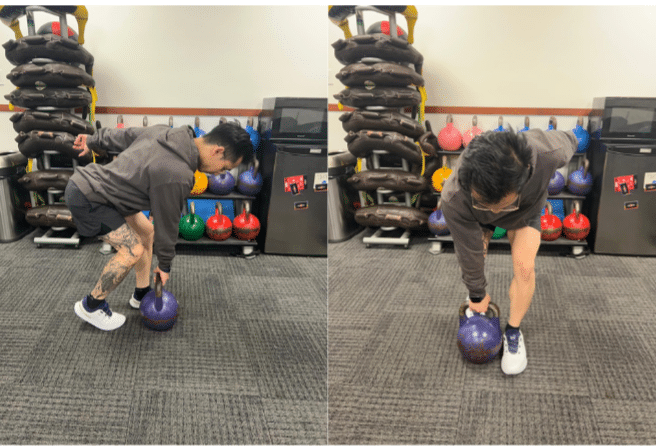Pain is a funny thing. Everyone has different pain perceptions. For example, a stimulus can cause a 10/10 response in one person but a 5/10 in another. Commonly pain is associated with some sort of injury or trauma to the body. However, when the injury heals but the pain still persists we are sometimes at a loss of what the true issue is. As a health professional it can be difficult to decipher where someone’s pain is actually stemming from, especially if the pain has been occurring for greater than 6 months. At this point the pain is deemed chronic and can consist of both structural and nervous system changes.
We forget that our body is an ever changing organism that can adapt to our environments. In this instance our pain receptors and the neural pathways that connect them to our brain can alter and create new pathways. A lot of the time this causes hyperalgesia, which is an increased sensitivity to stimuli. Depending on the situation this increased sensitivity can actually be caused by both a painful or non-painful trigger due to what is called central sensitization. Furthermore, the neurons can even start to signal to uninjured areas. One of the reasons people can experience pain in an area that wasn’t where they had pain in the first place.
To further exacerbate the issue people can become frustrated and depressed about their pain, which actually then incorporates our limbic system into the situation. Our limbic system is in part responsible for our emotion, behavior, motivation and long term memory. As a result, our emotional shift towards pain will affect our behavior and motivation to get better. This creates a negative cycle that loops pain with depression and vice versa.
You are probably reading this and thinking dear lord how does anyone even attempt to tackle or get through this? The truth is with chronic pain it will always be a battle that will take a lot longer than you expect. Most people that come to see me have had pain for years and for some reason expect that I can fix it in 1-2 sessions. That is not going to happen. We are health practitioners not miracle workers, with that said there are some things that you can do to help the situation.
- Move your body – Deciding that you should “rest” and not move your body or put pressure through the joint that is sore is the worst thing you can do. I am not telling you to go run a marathon but getting some gentle physical activity will actually start to heal the body. It allows synovial fluid (a lubricator) to get distributed through your joints helping to reduce stiffness. It will also increase the tissues elasticity which means muscles will be able to contract better helping you out with proper alignment. Lastly it will increase endorphins and serotonin which will help with your mood via the limbic system.
- Stay positive – There is something to be said for being a negative nelly. The more negative you are the worse off you and your pain are going to be. I promise you, we health practitioners are trying to help and we are not trying to rob you of your time or money.
- Be realistic – Make sure you are realistic with your progress and timeline to achieve things. Try some meditation to help collect your thoughts and see if there are any other stressors in your life that can be compounding the problem. This is a big one and a lot of times someone with pain does not realize the additional physical or emotional stress of work or family can exacerbate the pain.
Our thinking of pain needs to shift and we need to start incorporating exercises that not only help the body but also the mind, especially when we are trying to tackle chronic pain. Both systems are relevant and our treatments need to start reflecting this. It’s time to take control and stop letting pain be such a “pain” in the arse.
https://academic.oup.com/ptj/article-abstract/98/4/209/4956677?redirectedFrom=fulltext
https://www.medscape.com/medline/abstract/20948531
Blog by:
BCPTI Instructor,
Ashley Pereira-Docherty
Tags:
Related Posts
We’re here to help you!
Questions, comments or want to register? Fill out the form below and we will contact you shortly. Thanks!
"*" indicates required fields



